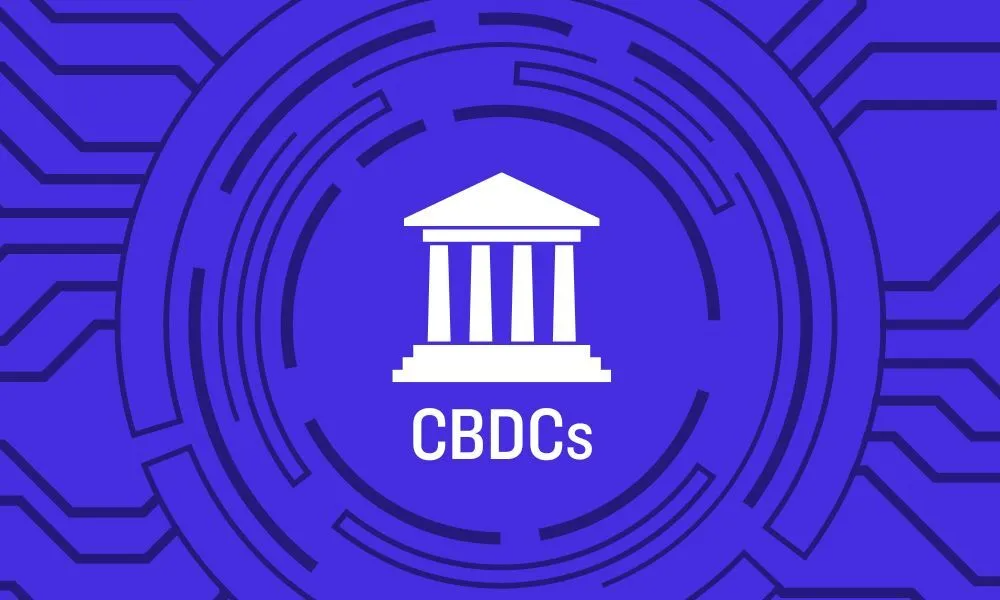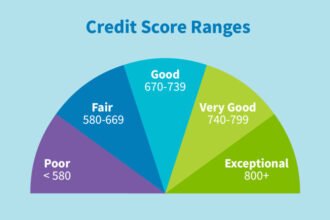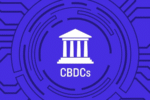
Introduction
As cash usage declines and digital payments dominate the global economy, governments around the world are exploring a new form of money: Central Bank Digital Currencies (CBDCs). These state-backed digital currencies promise faster, more secure transactions—but they also raise serious questions about privacy, control, and the future of traditional banking. So what do CBDCs mean for your money?
What Are CBDCs?
A Central Bank Digital Currency is a digital version of a country’s fiat currency, issued and regulated by the nation’s central bank. Unlike cryptocurrencies such as Bitcoin or Ethereum, CBDCs are fully centralized and backed by the government.
There are two main types of CBDCs:
- Retail CBDCs: Meant for public use—just like physical cash but in digital form.
- Wholesale CBDCs: Used only by financial institutions for large-scale transactions and settlements.
Why Are Governments Launching CBDCs?
There are several key motivations:
- Combat Declining Cash Usage: With fewer people using physical cash, CBDCs provide a modern alternative that maintains central bank control.
- Improve Payment Systems: CBDCs can reduce transaction costs and processing times, especially for cross-border payments.
- Enhance Financial Inclusion: Digital currencies can give unbanked populations easier access to the financial system.
- Respond to Private Digital Currencies: CBDCs serve as a regulated response to the rise of cryptocurrencies and private stablecoins like USDT or USDC.
Which Countries Are Leading the Way?
- China is furthest ahead with its digital yuan (e-CNY), already in pilot programs across major cities.
- The European Central Bank is actively developing the digital euro, expected to launch in the next few years.
- The U.S. Federal Reserve is researching a digital dollar, though it remains cautious, focusing on potential impacts on the banking sector and privacy.
- Nigeria, The Bahamas, and Jamaica have already launched retail CBDCs available to the public.
How Could CBDCs Affect You?
CBDCs may change how you handle money in several ways:
- Faster Payments: No more waiting days for transfers—CBDCs can move money instantly, 24/7.
- Reduced Fees: Peer-to-peer payments may be cheaper or even free, cutting out intermediaries.
- Programmable Money: Governments could program CBDCs for specific uses (e.g., stimulus payments that must be spent within a time frame).
- Increased Surveillance: Every transaction could be tracked by the central bank, raising concerns about personal financial privacy.
- Bank Disruption: If people hold digital currency directly with a central bank, commercial banks may lose deposits, potentially leading to reduced lending.
The Pros and Cons of CBDCs
Pros:
- Government-backed stability and security
- Efficient domestic and cross-border payments
- Tools for better monetary policy control
- Can enhance financial inclusion
Cons:
- Potential for government surveillance and reduced privacy
- Risk of bank disintermediation (draining deposits from commercial banks)
- Cybersecurity and technology infrastructure challenges
- Public skepticism and low digital literacy in some regions
Conclusion
CBDCs represent one of the most significant shifts in the monetary system in decades. While they offer clear benefits in terms of efficiency, accessibility, and innovation, they also introduce new challenges that must be carefully managed. As central banks move forward, the key question is how to design a digital currency that balances innovation with trust, privacy, and financial stability.
Whether you’re a business owner, investor, or everyday consumer, the rollout of CBDCs could soon reshape how you earn, save, and spend money. It’s no longer a matter of “if”—but “when.”





